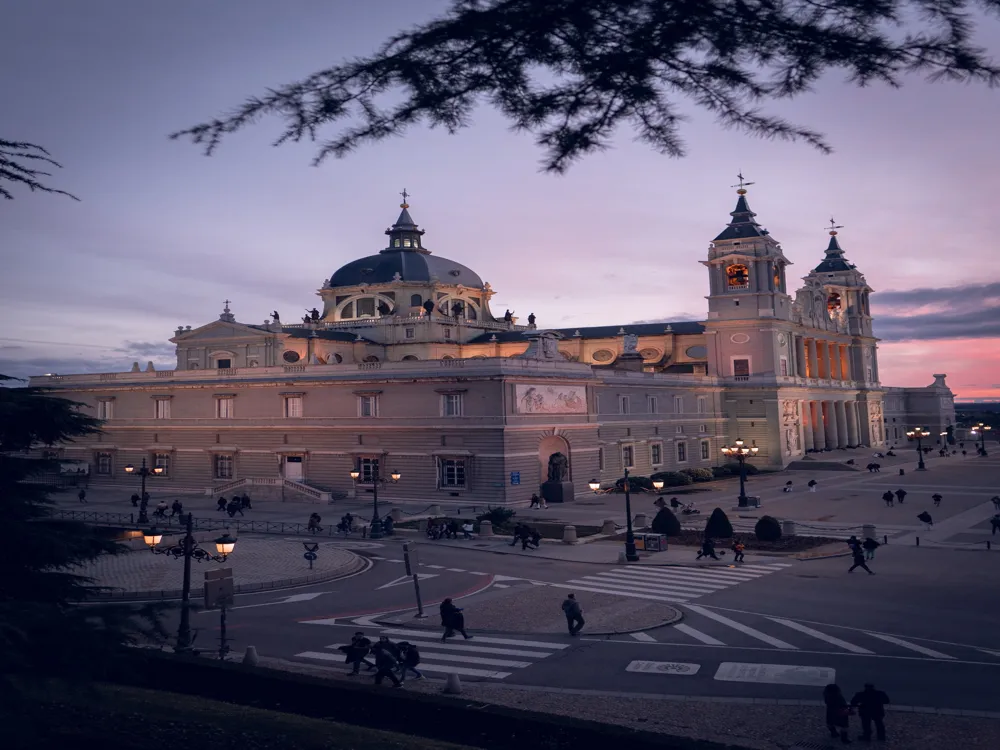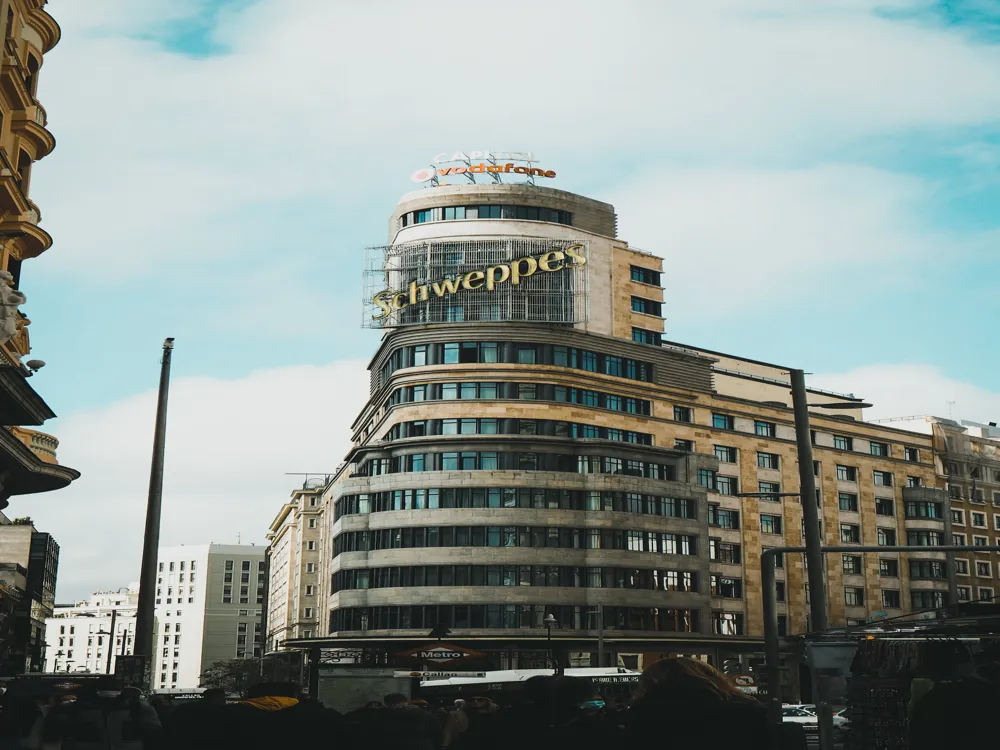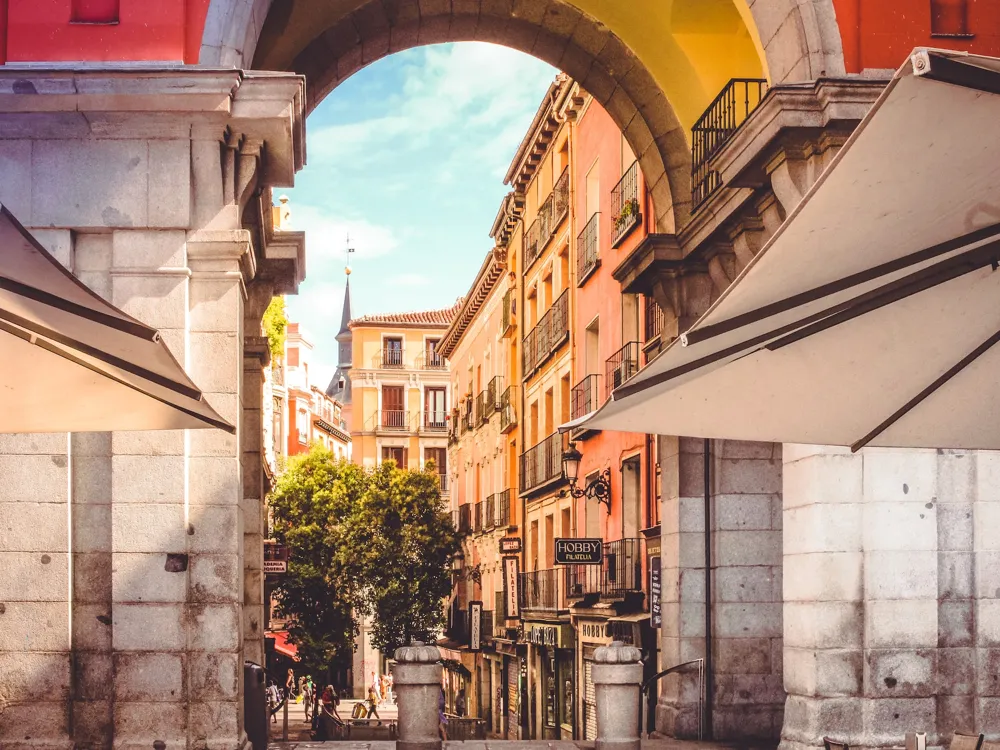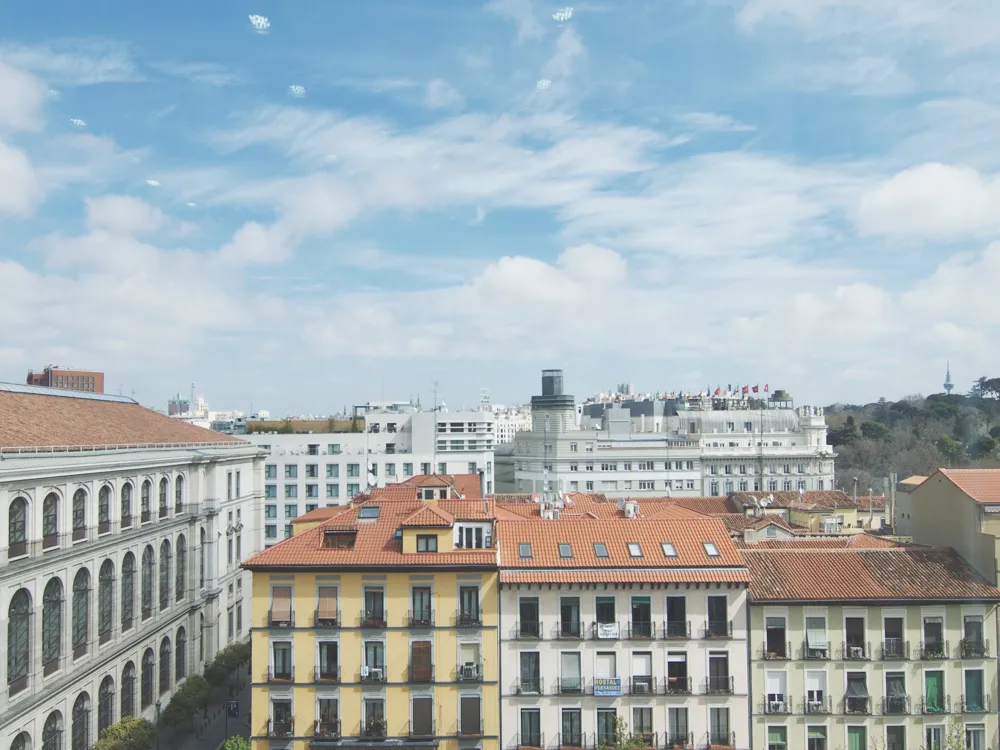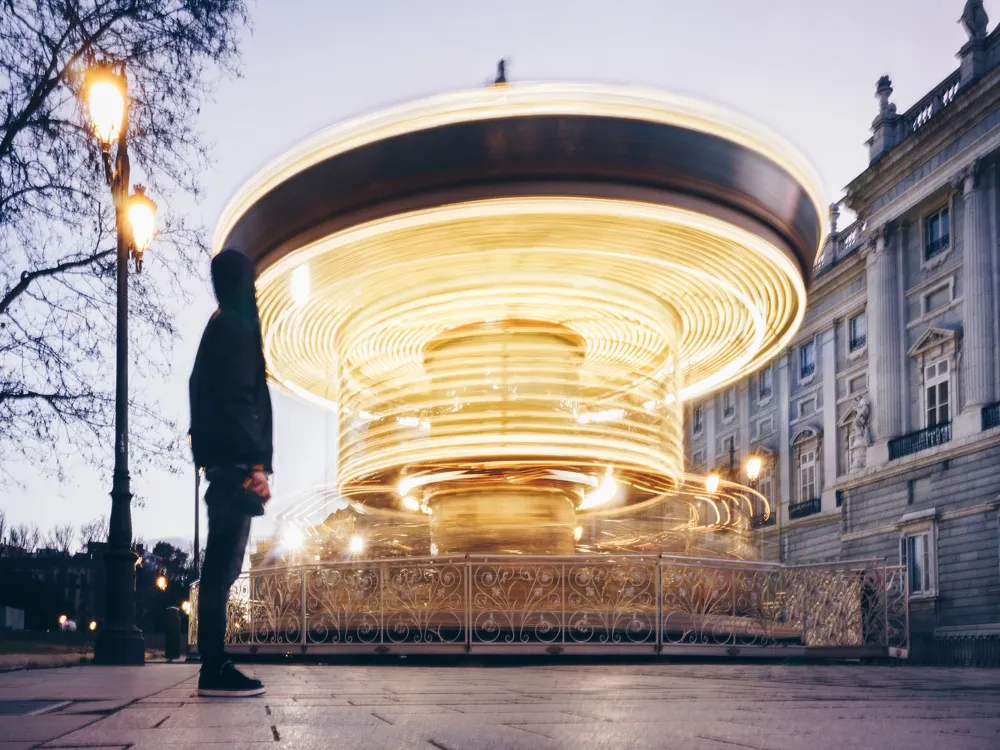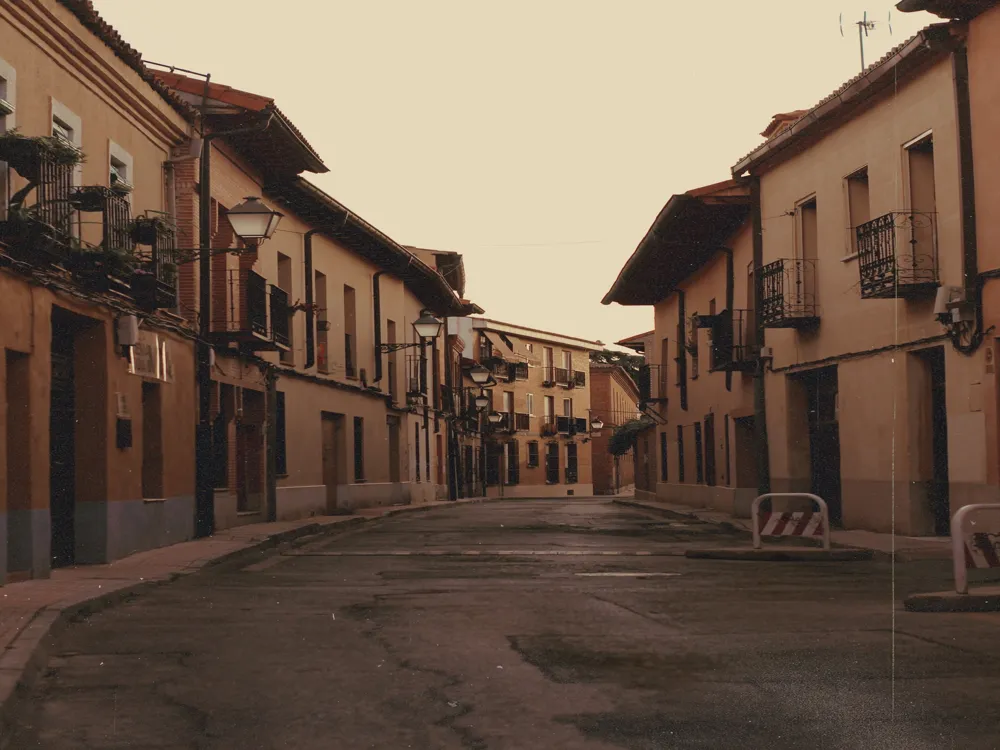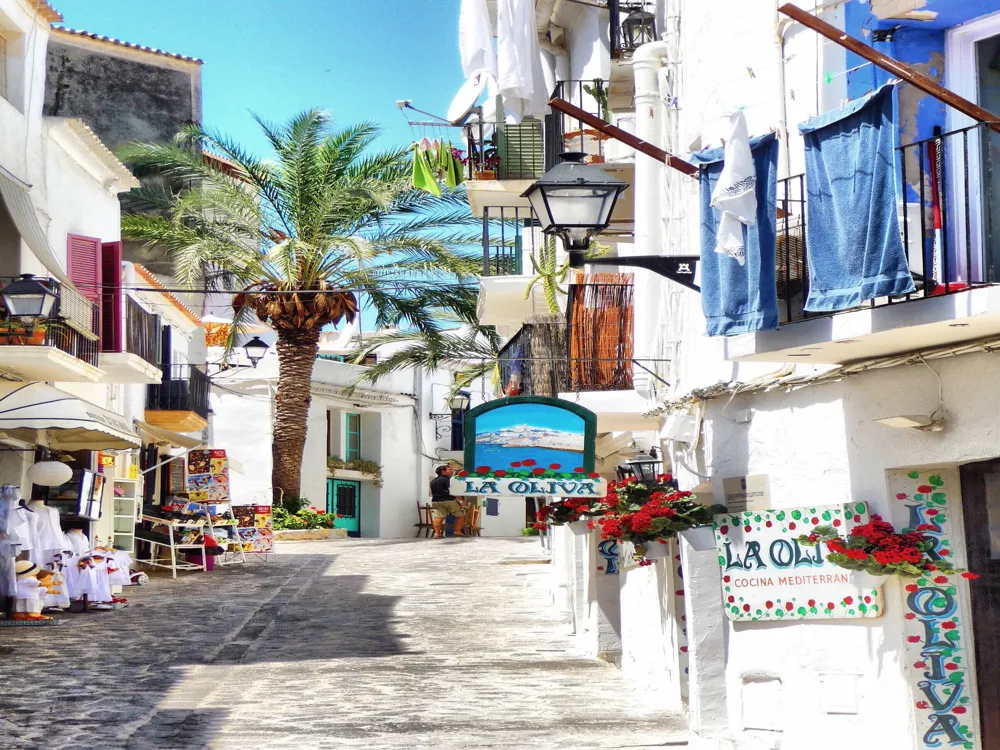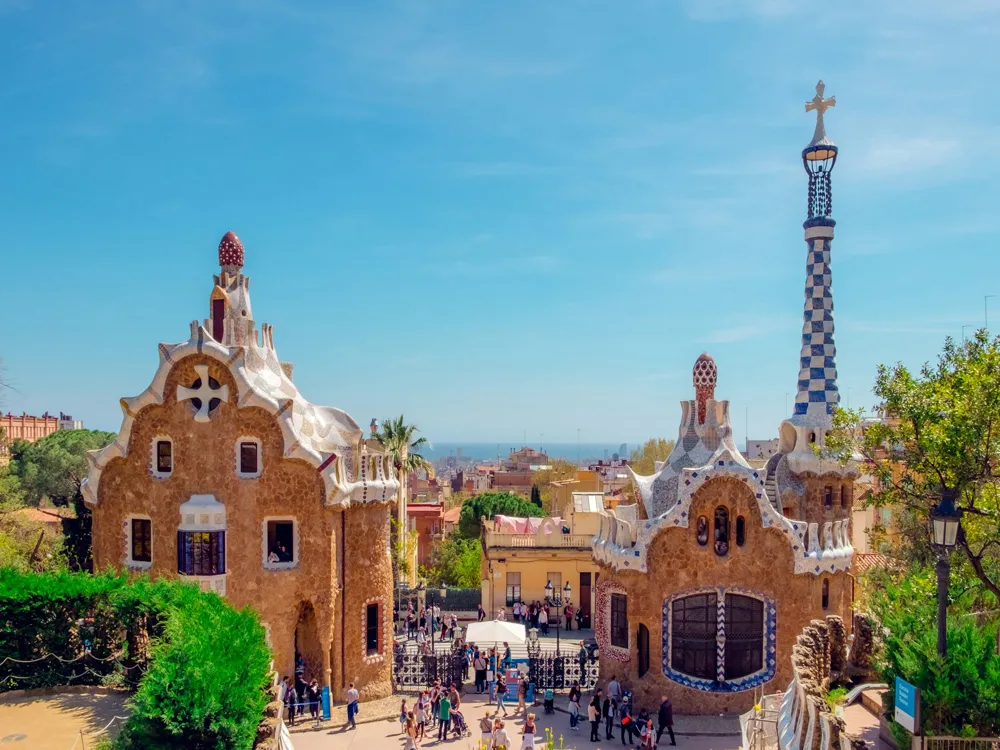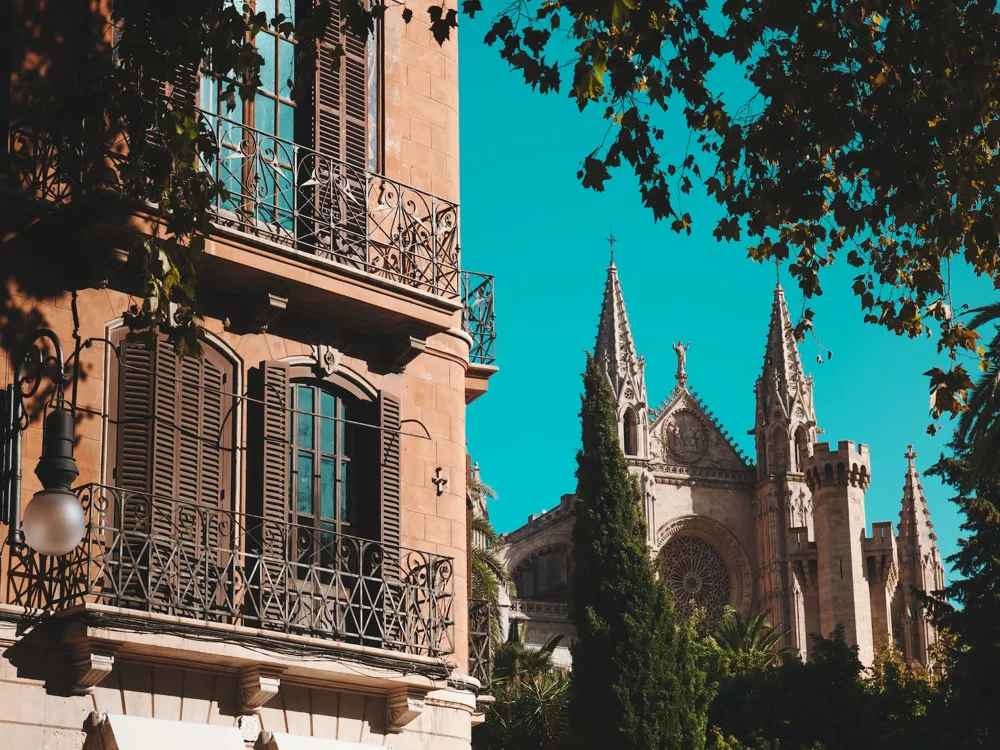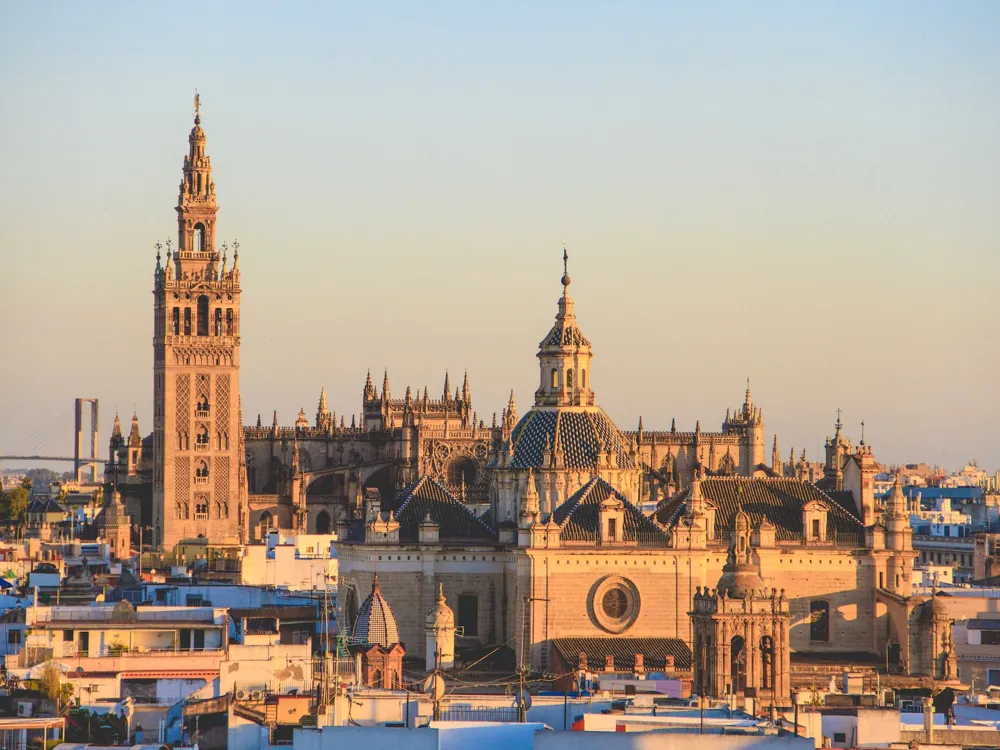The Museo del Prado, located in Madrid, Spain, is one of the most renowned and prestigious art museums in the world. Established in 1819, it houses an extensive collection of European art, spanning from the 12th to the early 20th century. The museum's collection includes thousands of paintings, sculptures, prints, and drawings, with a particular emphasis on Spanish art, featuring masterpieces by artists such as Velázquez, Goya, and El Greco. The Museo del Prado's architecture is a masterpiece in itself, designed by architect Juan de Villanueva in 1785. The building's neoclassical design complements the art it houses, with a symmetrical layout, grand columns, and detailed façades. Over the years, the museum has undergone various expansions and renovations, integrating modern elements while preserving its historical essence. Research the museum's layout and collections online to prioritize the artworks and sections you want to see. Check for any temporary exhibitions or special events happening during your visit. Weekday mornings tend to be less crowded. Also, consider visiting during the museum's free entry hours, although these times might be more crowded. Consider taking a guided tour to gain deeper insights into the collections and the history of the museum. Wear comfortable shoes and attire, as exploring the museum involves a significant amount of walking. The Museo del Prado is easily accessible by public transportation. The closest metro stations are Banco de España and Atocha. Several bus lines also stop near the museum. For those driving, there are parking facilities nearby. Alternatively, the museum is within walking distance from many central locations in Madrid. Read moreOverview of Museo del Prado
Architecture of Museo del Prado
Tips When Visiting Museo del Prado
Plan Your Visit
Best Times to Visit
Guided Tours
Dress Comfortably
How To Reach Museo del Prado
Madrid Tourism
Best Time to Visit Madrid
How to Reach Madrid
Things To Do in Madrid
Museo del Prado
Madrid
₹ 35,693 onwards
View madrid Packages
Weather :
Tags : Museum
Timings : Monday - Saturday: 10:00 AM - 8:00 PM
Sundays, Public Holidays: 10:00 AM - 7:00 PM
Entry Fee : Adult: EUR 15
Concession: EUR 7.5
With Audio Guide: Extra EUR 5
Planning a Trip? Ask Your Question
Madrid Travel Packages
View All Packages For Madrid
Top Hotel Collections for Madrid

Private Pool

Luxury Hotels

5-Star Hotels

Pet Friendly
Top Hotels Near Madrid
Other Top Ranking Places In Madrid
View All Places To Visit In madrid
View madrid Packages
Weather :
Tags : Museum
Timings : Monday - Saturday: 10:00 AM - 8:00 PM
Sundays, Public Holidays: 10:00 AM - 7:00 PM
Entry Fee : Adult: EUR 15
Concession: EUR 7.5
With Audio Guide: Extra EUR 5
Planning a Trip? Ask Your Question
Madrid Travel Packages
View All Packages For Madrid
Top Hotel Collections for Madrid

Private Pool

Luxury Hotels

5-Star Hotels

Pet Friendly







